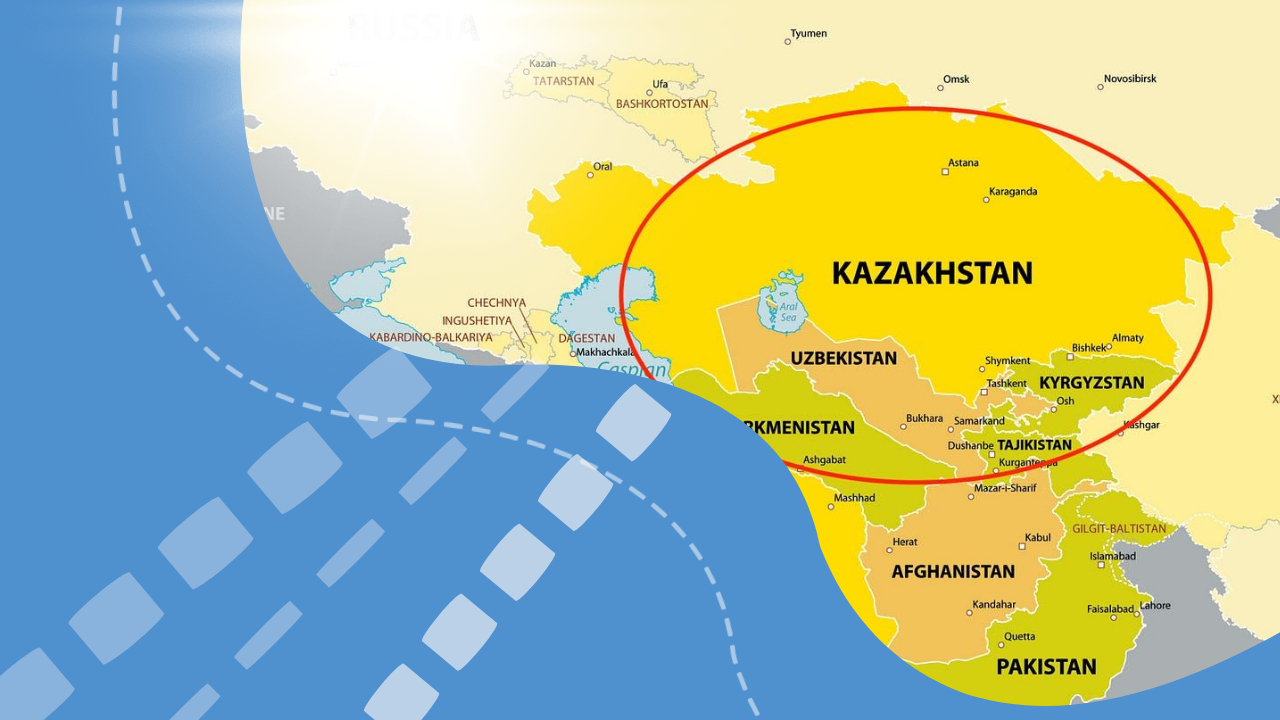The geopolitical landscape is evolving in Central Asia, with major global players such as Western countries and China increasingly vying for access to critical resources. This competition has intensified following recent events in Ukraine and the resulting shift in the global order, prompting Western nations to seek alternative suppliers of rare earth metals to reduce dependence on Russia and China.
Central Asian countries are emerging as crucial players in this dynamic, given their abundant mineral reserves. While these resources have garnered newfound attention, not all deposits in the region have been fully explored.
Central Asia boasts substantial reserves of critical resources, including manganese ore, chromium, lead, zinc, titanium, and others. Kazakhstan, in particular, holds promise in challenging China’s dominance in rare earth elements, with significant deposits of metals like scandium, yttrium, and lanthanides.
The United States and the European Union are exploring investment opportunities in Central Asia to diversify their supply chains away from China, which currently dominates the market for rare earth metals. Initiatives like the Economic Resilience Initiative for Central Asia (ERICEN) and the C5+1 Critical Minerals Dialogue underscore the strategic importance of the region.
China, however, has longstanding relationships and investments in Central Asia, particularly in the uranium industry. As the U.S. and China compete for influence, Central Asian countries find themselves at the centre of a geopolitical contest for resource access and control.
The strategic advantages of both China and the U.S. are apparent, with China benefiting from geographical proximity and substantial investment potential, while the U.S. leverages its global influence and partnerships to present itself as an alternative to China.
Central Asia’s role in rare earth metal geopolitics is further highlighted by President Kassym-Jomart Tokayev of Kazakhstan, who has emphasized the importance of prioritizing the development of these resources. The region boasts significant quantities of rare metals concentrated in areas such as the Kazakh steppe, Tien Shan, and Pamir mountains.
While exact data on Central Asia’s share of global rare earth metals is unavailable, export data suggests their substantial contribution to the global supply chain. However, Central Asian countries face risks and opportunities amidst this competition, including overreliance on external actors and geopolitical rivalry.

